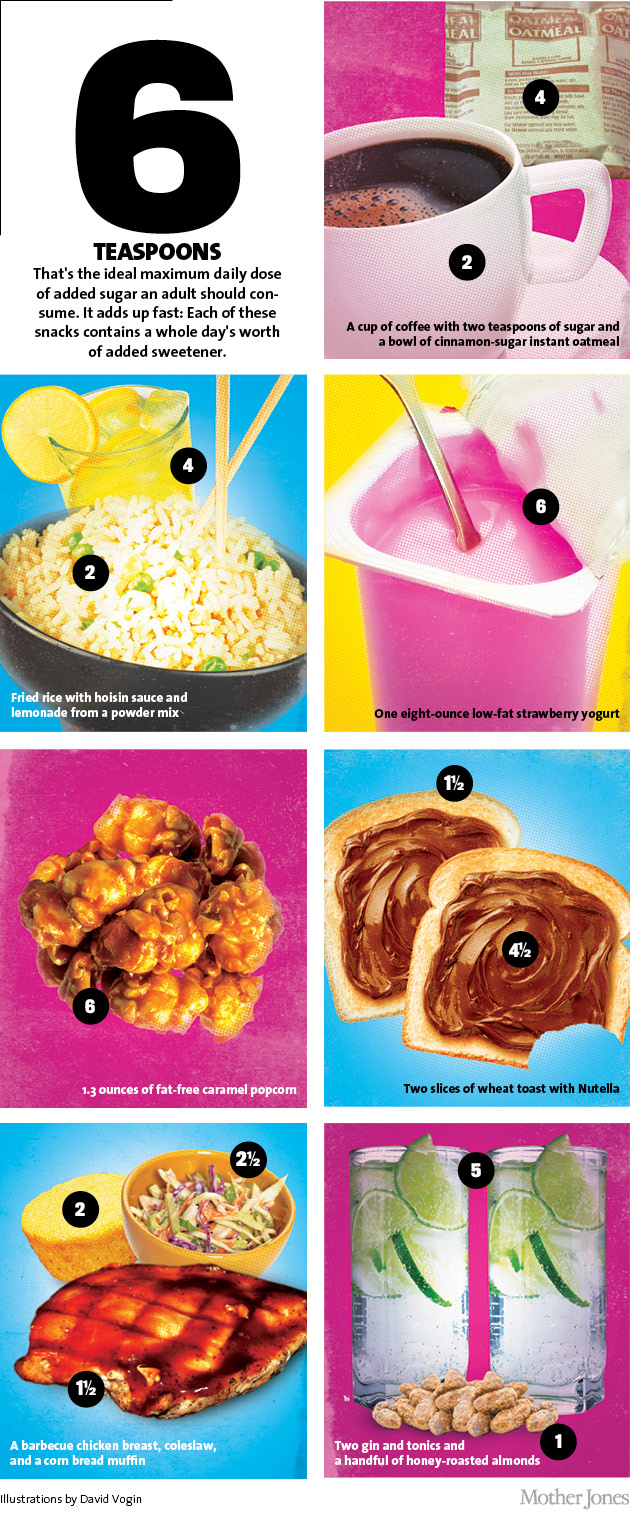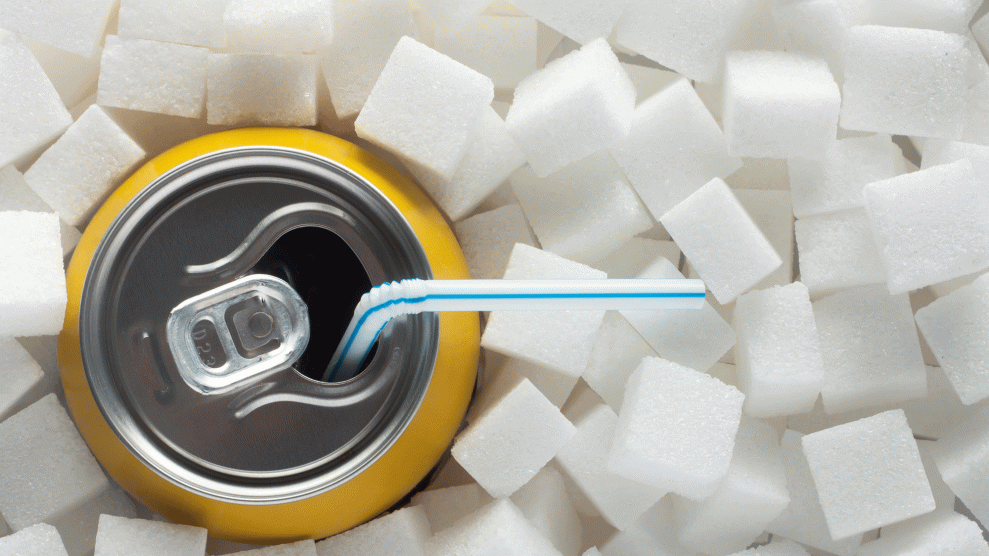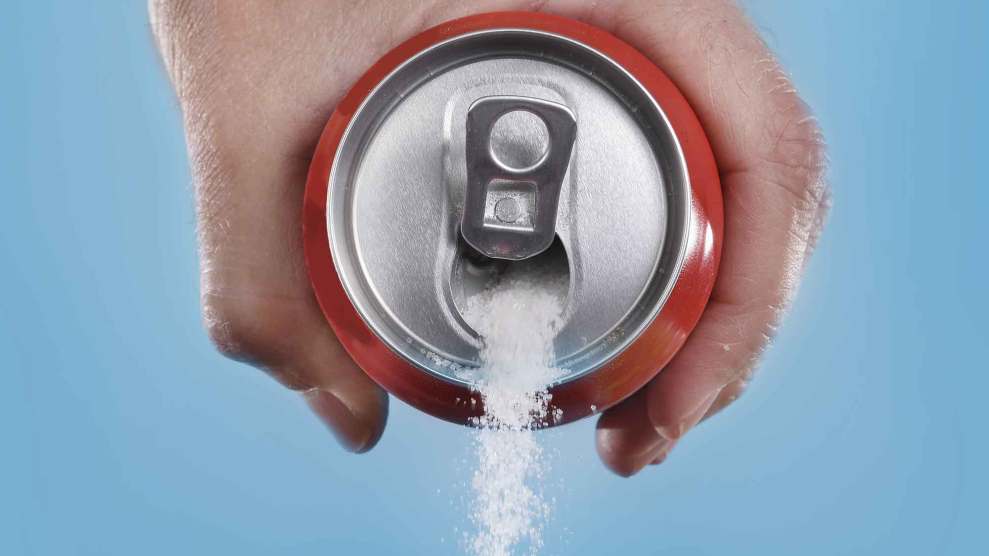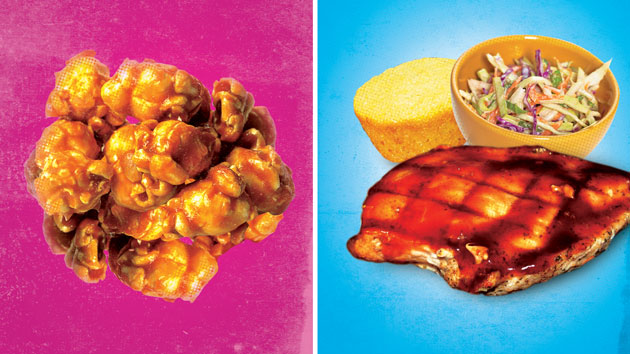
<p><a href="http://www.istockphoto.com/photo/various-sugary-candy-in-a-glass-jar-gm512755302-87309729?st=_p_candy" target="_blank">peangdao</a>/iStock</p>
The American Heart Association now recommends that kids consume no more than six teaspoons (about 100 calories) of added sugar a day—that’s the takeaway from an announcement the group made yesterday. The AHA found that children currently take in an average of 80 grams of sugar every day—about 19 teaspoons, which is more than three times the new recommended limit.
“Associations between added sugars and increased cardiovascular disease risk factors among US children are present at levels far below current consumption levels,” the researchers wrote.
The limit of six teaspoons of added sugar is also what the World Health Organization recommends. So how much is six teaspoons of sugar? Here’s a handy graphic based on calculations by my colleague Maddie Oatman:













